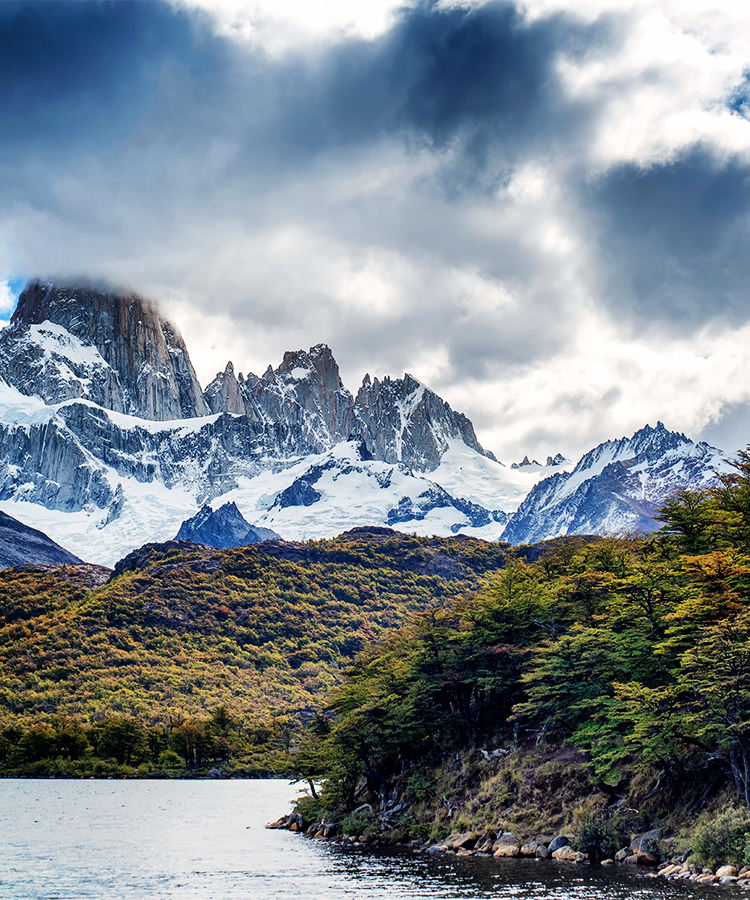German-style lagers have ruled a large portion of the beer market for centuries — from the Reinheitsgebot in the 1500s, to American macrobrew lagers, to Mexican lagers, to the American craft pilsners of today. Lagers made with cold-fermenting yeast are unmistakably German- influenced. But the yeast that makes German beer distinct is actually not from Germany.
In 2011, a team of scientists announced that they had found the original lager yeast in the forests of Patagonia in Argentina. The findings were the culmination of a five-year search that covered five of the world’s seven continents, the Los Angeles Times wrote at the time.
“Lager yeast, now that’s an amazing story right there,” Jason Oliver, the head brewer at Devils Backbone Brewing Company, tells me. Oliver is a man who can talk endlessly about the wonders of yeast. “Here’s a yeast that really took over and dominated from the late 19th century on until the current day,” he says.
Don't Miss A Drop
Get the latest in beer, wine, and cocktail culture sent straight to your inbox.In medieval Germany, brewers didn’t know what yeast was. All they knew was that something turned grain and water into alcohol. Sometimes that alcohol could be made in room temperature and warm air, sometimes it could be made in cool German cellars. The beer made in cellars was light and refreshing, unlike the warmer, faster-fermenting beers. So brewers skimmed off living yeast to propagate new fermentations.
It wasn’t until the 1980s that scientists mapped the DNA of yeast. There was ale yeast — Saccharomyces cerevisiae — and lager yeast — Saccharomyces pastorianus. Lager yeast was more of a mystery, though. It was a hybrid of S. cerevisiae and some unknown organism. So in 2007, scientists from the University of Wisconsin-Madison, the Institute for Biodiversity and Environment Research in Argentina, and others started searching for the mystery organism.
Diego Libkind in Argentina was a member of the search team. He started scraped sugar-filled growths, called galls, from southern beech trees in Patagonia. Libkind knew that natives used to ferment alcohol using the galls in the cool 43 to 46- degree Fahrenheit temperature of Patagonia — a temperature very similar to the temperature of German lager cellars. So he sent a sample to the search team’s yeast lab at the University of Colorado. The lab examined the genome. It was 99.5 percent identical to the non-ale portion of S. pastorianus. They named it Saccharomyces eubayanus.
“Initially, some people made some loose speculations about how it came over from Patagonia to Europe in the 15th century,” Oliver says.
Those guesses, a member of the team that found the yeast told the Los Angeles Times, included speculations about Christopher Columbus. Then, just a few years later, researchers found S. eubayanus in the Tibetan forest. The theory of the origin of lager yeast once again transformed.
“Far East Asia appears to be the sole area in the world harboring all the recognized biological species of Saccharomyces,” a paper published by the Chinese Academy of Sciences states, “supporting the hypothesis that Far East Asia is the possible origin center of Saccharomyces yeasts.”
But that only raises more questions. Just like scientists were perplexed by how yeast could travel from South America to Europe, scientists are perplexed by how yeast could travel from Asia to South America.
What is known, however, is that the yeast that made German beer famous isn’t from Germany. German beer is, truly, a product of the world.
